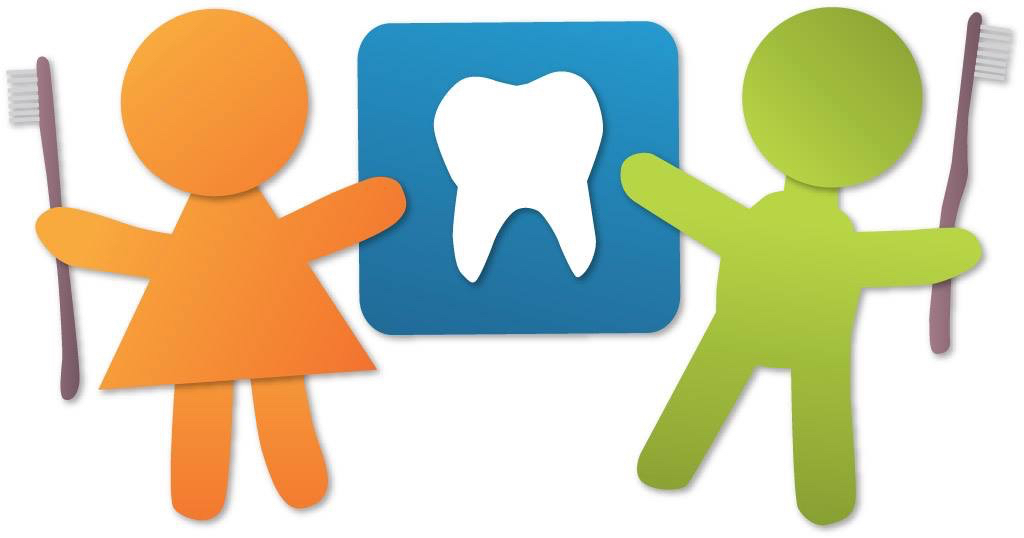What can I do for teething?
Teething or "cutting teeth" often causes your baby discomfort, restlessness, and irritability. As the roots of the teeth grow, they push the edges of the teeth through your baby's gums. The effects are usually most dramatic with the first teeth, because the sensation is new to your baby, and with molars, due to their large size.
Signs of your baby teething include:
- loss of sleep
- poor appetite
- swollen, red, inflamed gums
- excessive dribbling & drooling
- increased demand in breast or bottle feeding
- chewing on fingers, teething rings, and other objects
- rejection of breast or bottle because sucking hurts gums
- increased fussiness, night-time crying, and "clingy" behavior
Babies are as individual in their teething as they are in everything else that they do!
It is not uncommon for some babies to drool for weeks before their first tooth comes into his/her mouth. For some children, teeth just seem to appear without much fuss at all. Some parents worry that their child's teething is either too early or too late. There is absolutely no link between when your child's teeth come in and how strong his/her teeth will be. Most babies begin to get their primary teeth after the age of four months, usually between six and nine months. The timing of the eruption of the teeth is genetic, and late-teething parents are likely to have late-teething children.
Quite often a baby will have sore or tender gums that tends to make him/her irritable. To help soothe any sore spots, gently rub them with a clean finger or the back of a small, cold spoon. Teething rings also work well.
Be sure to examine all of your baby's teeth, especially on the inside or tongue side of his/her teeth every two or three weeks for dull, white spots or lines. These spots or lines can be signs of "baby bottle or nursing bottle decay." If a bottle is left in your child's mouth for a long period of time and if it contains anything but water, decay can occur rapidly. Avoid having your child sleep with a bottle containing milk, formula, or fruit juice as you run the risk of "Baby Bottle Syndrome." Sugar in the liquid mixes with bacteria in the dental plaque to form acids that attack your child's tooth enamel. Each time that your child drinks liquids containing sugar, acids attack his/her teeth for at least twenty minutes!
When your child is awake, the saliva tends to carry away the liquid. But during sleep, the saliva flow decreases, and these liquids pool around your child's teeth for long periods bathing the teeth in acids. A pacifier dipped in honey or sugar is not healthy for your baby's teeth either as this will damage the teeth just as easily. If your baby needs a bottle for comfort before falling asleep, you should fill the bottle with plain water!
It is important for you to distinguish between normal teething discomfort and the aches and pains of an illness. Fever, diarrhea, and vomiting are almost always illness-related. Irritability, ear tugging, and sleeplessness are the most difficult to diagnose because they could be related to your baby's teething or a symptom of something more serious.
Teething has not been shown to cause illness. It is normal for your baby to have up to a dozen separate illnesses in his/her first year. Teething will often overlap periods of illness, but your baby's teething doesn't cause the illness.
Suggestions for alleviating some of the pain your baby may experience while teething:
- for excessive drooling, replenish fluids with lots of water
- distracting your baby with hugs, toys, and changes of scenery
- for babies older than 4 months, spread a teething gel to sooth the gums
- your doctor may recommend infant pain relievers (Tylenol or Ibuprofen)
Follow your doctor's direction and never give your baby aspirin!
Doctor Wang, Doctor Perea-Corkish, Doctor Gerodias and the other Doctors of Discovery Pediatric Dentistry make no warranties, expressed or implied, as to any results to be obtained from use of the information on this page. We cannot diagnose or treat patients over the Internet. Information on this site is for educational purposes only. You should not rely on this information as a substitute for personal, medical, and/or dental attention or diagnosis. Without all available information about a patient, it is impossible to make a diagnosis. Help and answers are in the form of general ideas. Only you, your dentist, and other necessary and qualified health care providers can make an appropriate treatment decision in an emergency or for everyday care and dental treatment.
